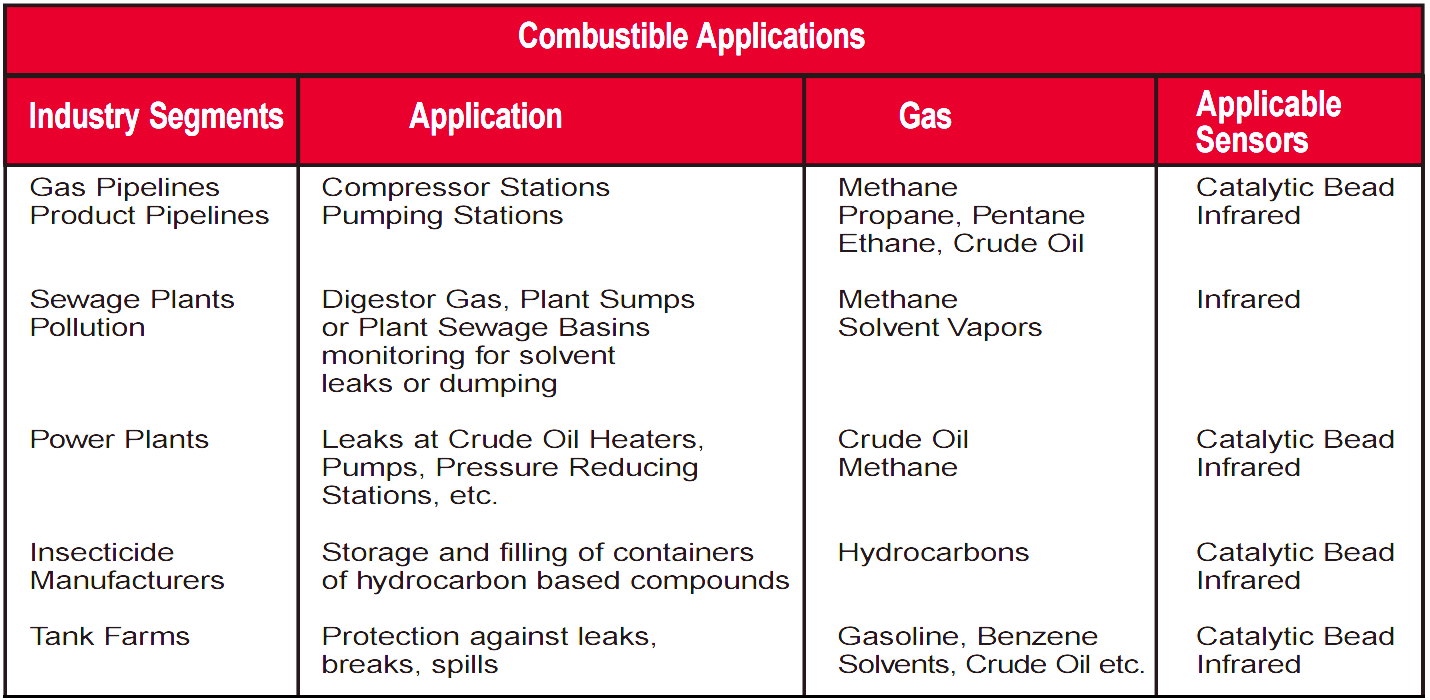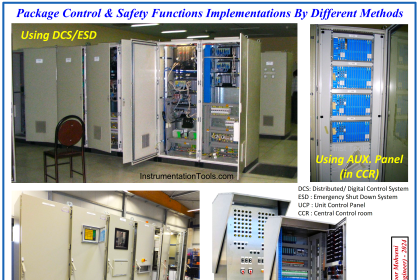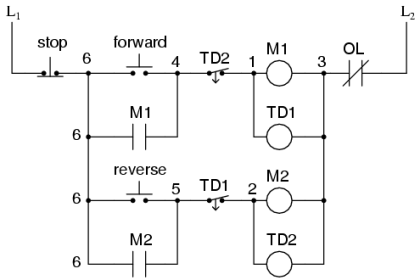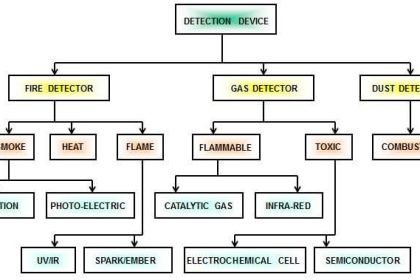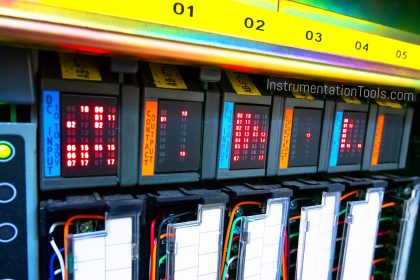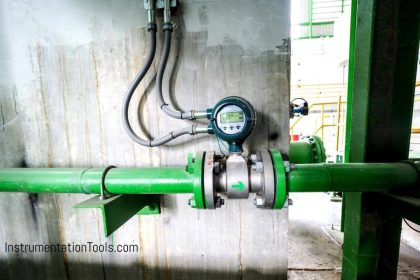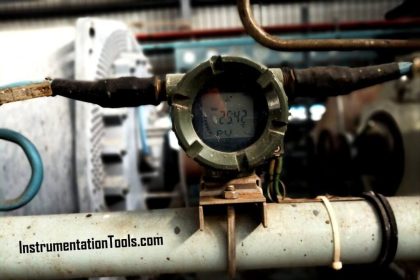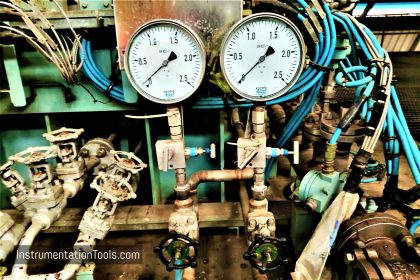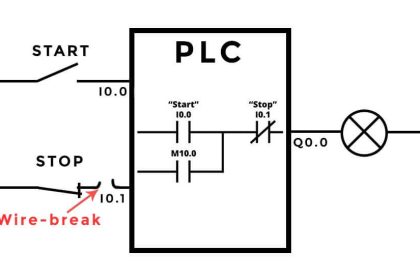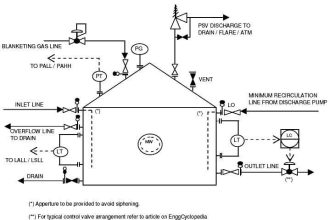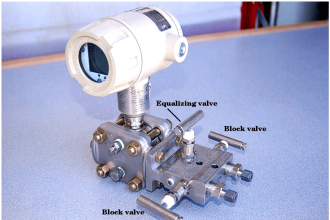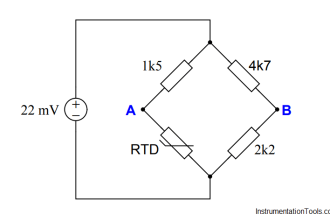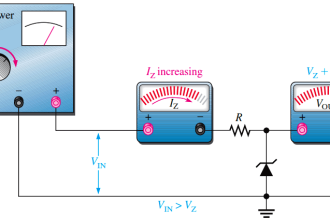When considering the design of a combustible gas detection system, it is important to select the correct product for the purpose intended. It is likely that a combination of point and open-path detection will be appropriate, so it is a good idea to discuss the selection with the chosen manufacturer.
To summarize, an analysis of the risk and equipment selection process will likely include:
- Potential leak sources
- Factors affecting rate and direction of gas diffusion when a leak occurs
- Density and other physical properties of the gas
- Detector environment, e.g., temperature, vibration, cleanliness, ventilation, etc.
Gas Detectors Placement
The placement of combustible gas detection sensors is dependent upon many factors, which can only be dealt with here in brief.
When approaching a potential combustible hazard situation, there are generally two ways to determine the location of sensors. One way is to place the sensors close to where a leak is most likely to occur. This utilizes gas detection as a maintenance function for leak detection. The second way is to place sensors near areas where a concentration of hazardous gas may accumulate as a result of the diffusion of a leaking gas or vapor. The density of the gas or vapor determines whether it tends to rise or fall, and is a primary factor in determining the number and location of the sensors.
The wiring of sensors in series is often considered for cost reduction purposes, however, such an approach will result in cumulative outputs, difficulty in the calibration of the sensors and a reduction in the degree of safety the sensors can provide. Furthermore, an open circuit in one sensor will result in the loss of output of all other sensors in the series. A preferable approach is to have the sensors independently monitored and powered. The selected output then can be reliably utilized to warn of the presence of gas and to determine its location.
Sensor locations should take due recognition of the manufacturer’s stated temperature limits. Another factor that must be considered in sensor location is the amount of vibration to which the sensor may be exposed. For instance, installation near turbine engines or pumps may result in a vibration level damaging to the sensor. Furthermore, the natural resonant frequency of the sensor must be considered when evaluating the vibration characteristics of the location. The life of a sensor can be shortened significantly if resonance occurs between the sensor and the installation location.
When installing a sensor, proper instrument wiring practices must be observed. The sensor wiring should be separate from AC wiring. Most sensors are not affected by DC wiring, and therefore need not be shielded when mounted in close proximity to other DC applications. Wiring near high powered electric circuits, however, will most likely require shielding. When utilizing shielding, the wire should be grounded only at the controller or receiver end, and the outer braid must not contact the conduit or junction box. It is good engineering to always use shielded cable. Each sensor location should be checked and calibrated on a regular basis, using a calibration gas of known concentration. Typically this should be a 50% LEL mixture of gas or vapor. The frequency of inspection and the need for calibration is best determined by experience with the actual installation. The equipment manufacturer usually suggests intervals depending upon the application in question. In general, infrared detection requires less frequent calibration checks.
Sensors should be located so that they are accessible for calibration. If a sensor is not accessible, regular inspection and necessary calibration is unlikely to be performed. Sensors should be located where they will not be exposed to the possibility of immersion in water. Dust covers may be required for sensors that are located in particularly dirty environments and splashguards in areas where heavy rain is likely or where high-pressure wash-downs are performed. Catalytic sensors should be mounted with the sensor pointing downward while IR sensors should be mounted horizontally.
Some Installation Examples :
